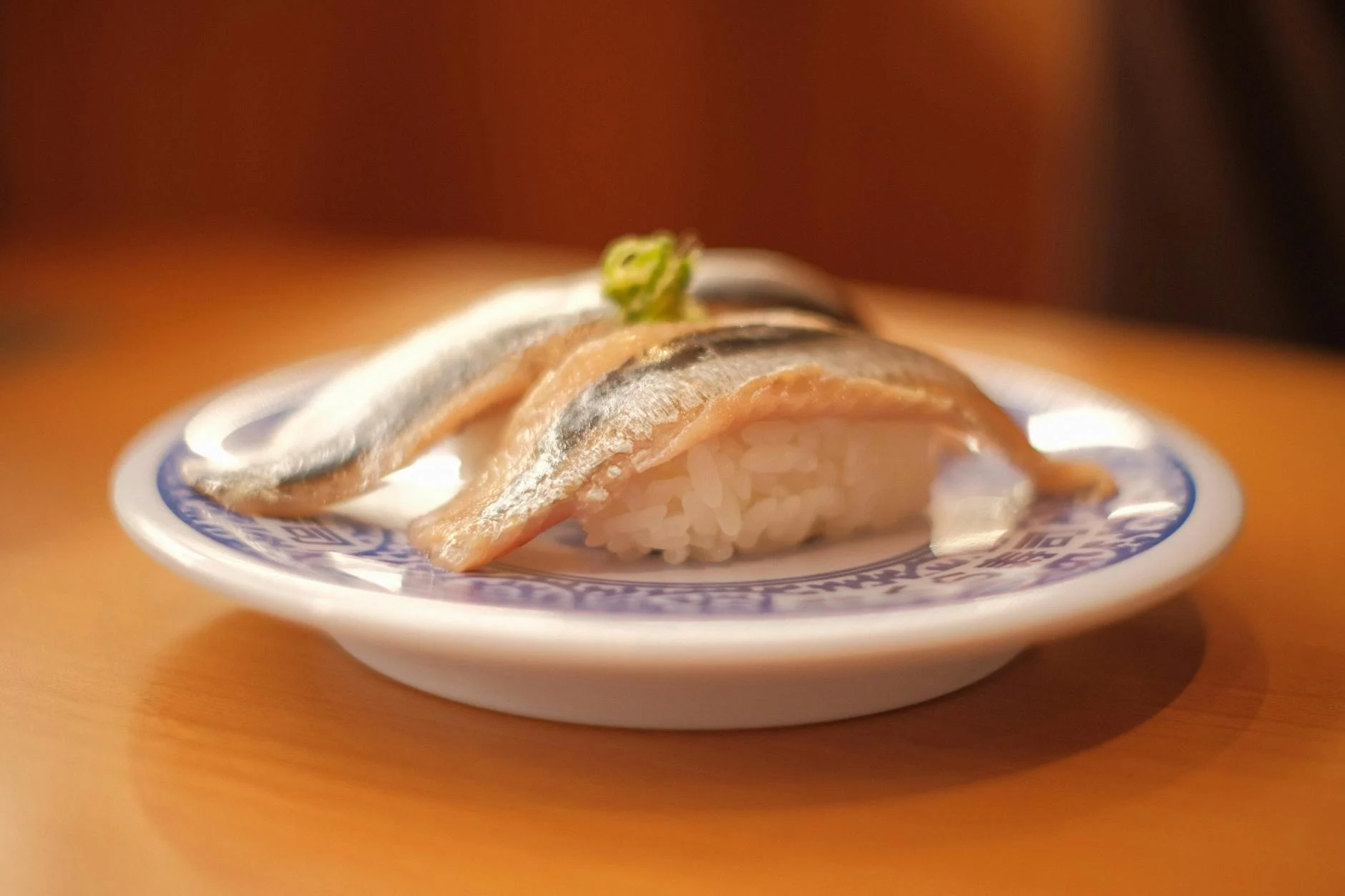Japanese cuisine is a mosaic of regional identities—shaped by the mountains and the sea, by subtle variations in seasoning, and by an intimate dialogue with climate and seasonality. Among these culinary expressions, Kumamoto’s deep-rooted basashi (raw horse meat) culture stands apart. It is a singular tradition, both bold and refined, that embodies the region’s sense of pride and cultural resilience.
Consuming horse meat, especially in its raw form, is rare across Japan and often regarded as taboo—both historically and religiously. Buddhist values, which discourage the consumption of four-legged animals, and a culturally emotional distance toward livestock have long shaped public perception and acceptance of such cuisine. Yet in Kumamoto, basashi has transcended these boundaries, evolving from necessity into heritage, and from heritage into a gastronomic emblem of the region.
In Kumamoto, the cultural barriers traditionally surrounding horse meat consumption have been overcome. Here, basashi is not merely a rare delicacy—it is a proudly upheld part of everyday culinary life. It holds a place of honor in rituals, gift-giving, and special family meals. For many locals, basashi is more than a dish; it is an embodiment of the region’s identity.
This cultural entrenchment is the result of intertwined historical and geographical factors. Historically, Kumamoto was a prominent breeding ground for military horses, and in its mountainous rural areas, horses also played a vital role in agriculture. As such, the horse was both a companion in daily labor and, when necessary, a valuable source of nourishment. In particular, the inland communities—where fresh seafood was less accessible during the winter months—came to rely on horse meat for its nutritional richness and storability.

The allure of basashi lies in its distinctive texture and refined flavor profile. Lighter in fat than beef, yet richer in lean umami than pork, high-quality horse meat offers a delicacy that is surprisingly clean on the palate. Properly prepared, it reveals a gentle sweetness and depth as its fibers melt effortlessly in the mouth. The fat, smooth and airy, avoids the heaviness often associated with raw meats, creating a light yet satisfying tasting experience.
In Kumamoto, there is a deep cultural appreciation not just for basashi itself, but for the variety of cuts presented in sashimi form. Beyond the prized lean slices, diners enjoy rare parts such as the mane (tategami), marbled belly (futaego), and even liver—each with its own unique texture and flavor nuance. These are typically paired with a sweet, soy-based dipping sauce, enhanced with freshly grated ginger or garlic, creating a tasting ritual deeply rooted in the region’s culinary identity.
More than just a regional delicacy, basashi is a testament to Kumamoto’s exceptional standards in food safety, craftsmanship, and regional pride. Its integrity as a raw dish rests on a foundation of rigorous hygiene protocols and meticulous processing—practices upheld by highly skilled local producers and meat specialists. This commitment to excellence not only ensures safety and freshness, but has also elevated basashi to a distinguished culinary brand recognized throughout Japan.
What makes Kumamoto’s basashi culture particularly compelling is its subtle redefinition of what is considered acceptable, even celebratory, within the broader culinary landscape. Food traditions often intersect with ethical, religious, or emotional dimensions. What we choose to eat—or refrain from eating—is deeply cultural, sometimes sparking contention across communities and belief systems. Yet in Kumamoto, basashi is embraced with dignity, shared at the family table, and passed down with pride. It exemplifies a form of cultural maturity: the ability to engage respectfully with complex traditions, preserve craftsmanship, and simultaneously offer a new perspective on culinary taboos.

The recognition of basashi as a true “flavor of the land” is increasingly shared not only by Kumamoto locals but also by visitors from across Japan and abroad. In an era when culinary exploration serves as a powerful gateway to understanding place, basashi offers an immersive introduction to the region’s natural surroundings, historical context, and way of life—all encapsulated within a single, elegantly prepared plate. The experience of tasting basashi while traveling is not simply about encountering something rare—it is about imprinting the memory of Kumamoto onto the palate.
Yet, this culinary tradition does not exist in isolation, nor is its continuity guaranteed. Challenges such as declining livestock numbers, shifts in consumer preferences, and ethical debates surrounding animal welfare place real pressure on the sustainability of basashi culture. Precisely because of these pressures, however, the tradition is now entering a reflective phase—one in which communities are thoughtfully considering how to preserve and evolve this practice for future generations.
Kumamoto’s basashi is far more than a local delicacy. It represents a deep well of accumulated wisdom—born from the rhythms of daily life, the region’s intimate relationship with nature, and a contemplative approach to food and life itself. It invites us to reconsider what we choose to eat, or not to eat, not as absolutes, but as personal values shaped by context. And in doing so, it fosters a spirit of respect and openness toward the cultures and traditions of others.
To transcend food taboos is not merely to cross boundaries, but to recognize and engage with the histories, ethics, and emotions that lie behind them. Kumamoto’s basashi culture, upheld with quiet confidence and deep-rooted pride, challenges us to think more deeply about the future of culinary diversity. It is an invitation—not to uniformity, but to dialogue and understanding.




